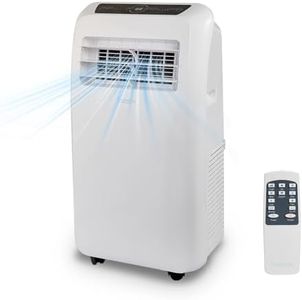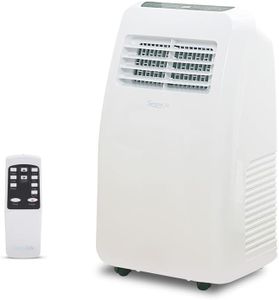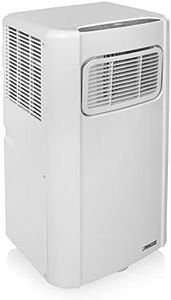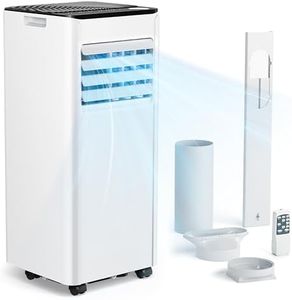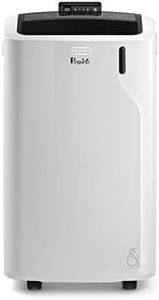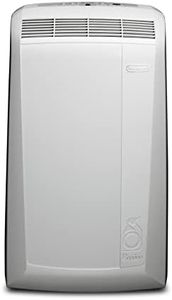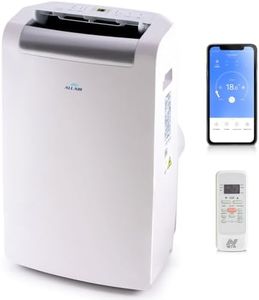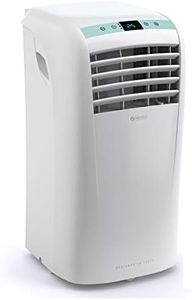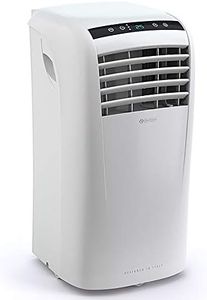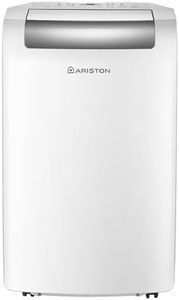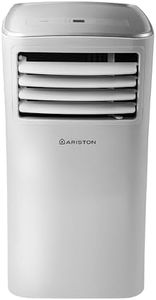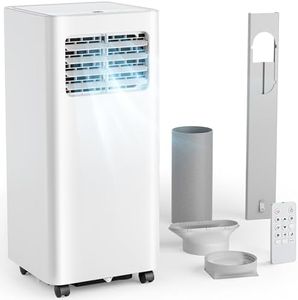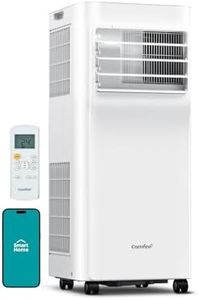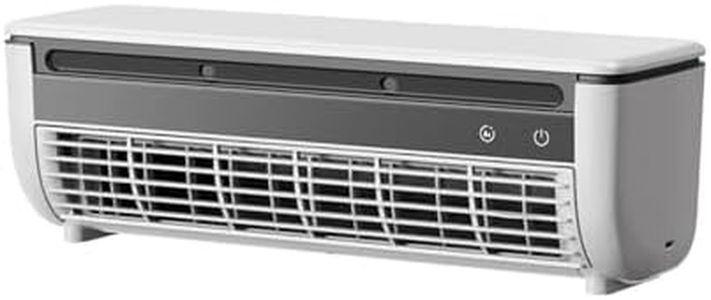We Use CookiesWe use cookies to enhance the security, performance,
functionality and for analytical and promotional activities. By continuing to browse this site you
are agreeing to our privacy policy
10 Best Portable Air Conditioners
From leading brands and best sellers available on the web.Recommended lists
Buying Guide for the Best Portable Air Conditioners
Choosing the right portable air conditioner can make a significant difference in your comfort during hot weather. Portable air conditioners are convenient because they can be moved from room to room, but selecting the right one involves understanding several key specifications. These specs will help you determine which model best fits your needs based on room size, energy efficiency, noise levels, and additional features. Here’s a guide to help you navigate through the essential specs and make an informed decision.BTU (British Thermal Units)BTU measures the cooling capacity of an air conditioner. The higher the BTU, the more powerful the unit is at cooling larger spaces. For small rooms (up to 300 sq. ft.), a unit with 8,000-10,000 BTU is sufficient. Medium-sized rooms (300-500 sq. ft.) require 10,000-14,000 BTU, while larger rooms (500+ sq. ft.) need 14,000 BTU or more. Choose a BTU rating that matches the size of the room you plan to cool for optimal efficiency.
Energy Efficiency Ratio (EER)EER indicates how efficiently an air conditioner uses energy. It is calculated by dividing the BTU rating by the power consumption in watts. A higher EER means better energy efficiency, which can lead to lower electricity bills. Look for units with an EER of 10 or higher for good energy efficiency. If you plan to use the air conditioner frequently, prioritizing a higher EER can save you money in the long run.
Noise LevelNoise level is measured in decibels (dB) and indicates how loud the air conditioner will be during operation. Lower dB levels mean quieter operation. For a peaceful environment, look for units with noise levels below 55 dB. If you are placing the unit in a bedroom or office, quieter models are preferable to avoid disturbances.
Size and PortabilityThe size and weight of the portable air conditioner affect its ease of movement. Smaller, lighter units are easier to move between rooms, while larger units may offer more cooling power but can be cumbersome. Consider the layout of your home and how often you plan to move the unit. If you need to move it frequently, opt for a lighter, more compact model with wheels.
Ventilation RequirementsPortable air conditioners need to vent hot air outside, typically through a window. Check the ventilation setup of the unit to ensure it fits your window type and size. Some models come with adjustable window kits to accommodate different window styles. Make sure the ventilation system is compatible with your home to ensure proper installation and operation.
Additional FeaturesAdditional features can enhance the functionality and convenience of your portable air conditioner. Look for features like programmable timers, remote controls, multiple fan speeds, and dehumidifier functions. These can provide greater control over your comfort and improve the overall user experience. Consider which features are most important to you based on your lifestyle and preferences.
